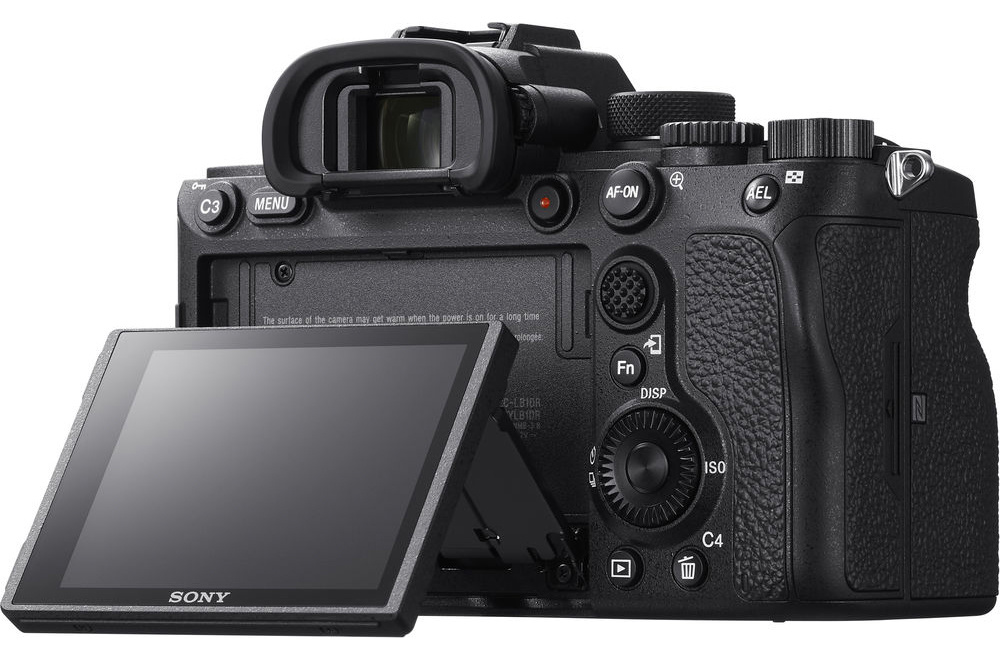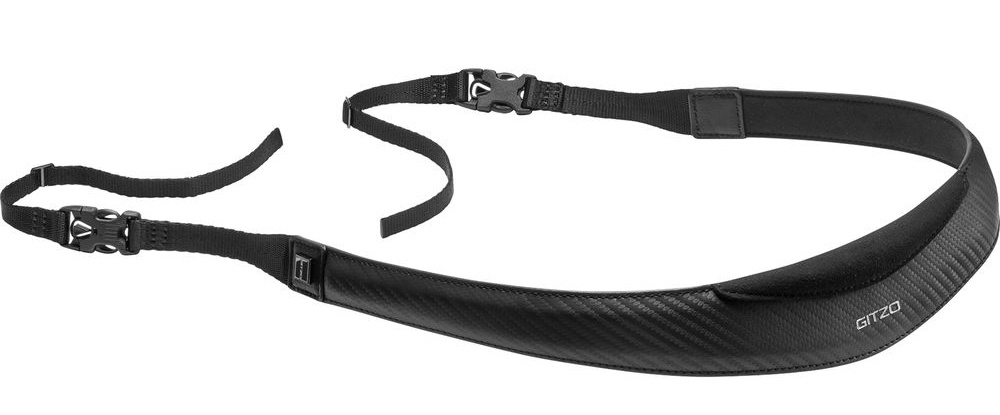Did your dreams come true this holiday season? Are you holding a shiny new camera, eager to mount a lens and run out to start shooting? Before you do that, be sure to read this list of 10 things you should do to make sure you maximize your experience with your new camera.
1. Warranty and Insurance
If you have insurance on your gear (and you do, don't you?), do not forget to put your new camera on the policy. Also, be sure to check when the camera will actually be covered by the policy before you do anything too risky with it. My policy covers gear the moment I submit the form online, which I love, but this might not be the case with yours. Similarly, be sure to check the warranty and understand its policies and register your camera for the warranty if needed.
2. Migrate Your Old Settings
Pretty much all of us have a preferred way of shooting, and as such, we tend to customize our camera menus, buttons, settings, etc. Beyond just preference, these settings likely have deep ties to the way you shoot and expect your camera to behave and can make the difference between getting a shot or not — settings such as auto ISO, back-button autofocus, subject tracking, the way the camera records to memory cards, and more. I like to sit down with my old camera and new camera side by side and go through the menus item by item to make sure I have duplicated the settings. It takes about 30 minutes or so, but it is well worth knowing the new camera is going to behave intuitively in my hands.
3. Customize the Controls

Look at all those custom buttons!
If the control layout of your new camera differs from your old model at all, take time to find which buttons can be customized and set them up to match your needs and style of shooting. Pretty much all modern cameras can be highly customized, and this can be more than just a convenience. By having crucial settings always a button press away instead of buried inside menus, you enable yourself to more quickly adapt to changing shooting situations and to keep your mind on the task at hand, thereby increasing your chances of getting the shot. If you set up your camera properly, you should rarely have to go into the actual menu system.
4. Buy Some Spare Batteries and Memory Cards
If your old camera's batteries are compatible with your new camera, great! If not, be sure to pick up a few spare batteries so you do not run out of power while shooting. On the same token, make sure you have enough memory cards. While your old ones are likely compatible, be sure that they are fast enough to keep up with your new camera, particularly if your new body has a fast continuous rate that is demanding on your storage or if you are shooting heavy duty video.
5. Get a High Quality Bag
Most modern cameras can handle their fair share of knocks and even getting wet, but why create unnecessary risk? If you do not already have a good bag to store your new camera in, now is the best time to get a new bag. Be sure to get one that will hold all the lenses you typically take with you, along with a flash or whatever other accessories you need on your shoots.
6. Get a More Comfortable Strap

A custom strap can be a huge upgrade to your comfort.
The default straps that come with most cameras are generally fine, but you can usually do better. First, most straps are branded with the camera company's name and the camera model, and depending on where you are shooting, you don't need a sign that tells potential muggers you have thousands of dollars hanging off your neck. Furthermore, default straps just aren't that comfortable. They tend to be made of canvas or something similar with no elasticity or ventilation, and if you are planning long walks with your new gear, it will do you a lot of good to pick up a new camera strap that is a bit easier on your neck.
7. Get Some Cleaning Supplies
Keep your new gear looking new! Personally, Zeiss wipes are my favorite for quick cleaning, and I always keep a big box of them on my fridge so I can grab a few on the way out. In addition, a rocket blower, microfiber cloth, and cleaning solution are all great to have on hand.
If you are new to cleaning delicate camera gear, this article can help you learn how to do it properly.
8. Check Your Settings
Though you migrated your old settings, be sure to check all the settings on your new camera, particularly if it is a function your old camera did not have, just so you are not surprised by anything on a shoot. No one enjoys coming home from a shoot with a SD card full of JPEGs when they meant to be shooting raw files.
9. Read the Manual
Boring, yes. Nonetheless, modern cameras are full of a ton of functions. Reading the manual has two benefits. First, you might discover some sort of feature or additional function you did not even know the camera had. Second, every camera system has its own quirks and workflow logic, and you do not want to be surprised by anything unexpected in the middle of a shoot. I am not saying you need to read every last detail in that mass of 400 pages, but it does help to familiarize yourself.
10. Get Out There and Start Shooting
Even if you do not have a shoot coming up, get out there and shoot something — anything — with that new camera. Familiarize yourself with it so you can build an intuition and muscle memory for the controls, so when you are using it on an actual shoot, you are ready to go.
Do you have any tips for how to maximize a new camera's potential right out of the box? Let me know in the comments!







You may wish to seek professional help for that...
An appeal to hypocrisy does not alter that you are a talentless hack who found a formula and shoots the same thing to formula again and again.
Nonetheless, I didn't comment on your photography, I commented on the fact you are pathologically obsessed by camera brands.
Maybe using a different brand will help with your lack of creativity.
Bored now.
Given that you haven't seen my photographs...
You really are as dumb as a brick .
Why?
I want to take this opportunity to remind you that you were the one who opened that door; again, I wasn't the one who initially brought up photography.
Given that all you ever do around here is make stupid comments about camera brand, your opinion is next to worthless.
Still bored.
Lol no.
Still bored. I'm off to shoot. I will use a Sony.
Set the date & time.
Haaa... yup. I couldn't understand how my camera had time traveled. Rookie mistake. 🙃
First thing... Update firmware..
11. Take a picture of your cat.
Yeah update firmware if needed for sure and make sure you switch to RAW mode and whichever compression if any along with additional settings. I made the mistake recently of forgetting to set a new camera body to RAW after I did all of my other custom settings, etc. Luckily I caught it after about 300 images, but boy did I feel stupid and lost some editing potential on some good images that I made. Funny thing is I prefer the wide neck straps that came with my two Nikon D4s bodies and all I've done is attach Peak Design anchors and attachments to the strap and camera, you can now order just the anchors and anchor clips and use them on any strap. I also use those on my Nikon 400mm f2.8 VR lens strap and it's awesome, love the new padded Nikon long lens strap that's now shipping with the newer super-tele lenses. I'd honestly love to have a few more of them and I think you can buy them through B and H, just make sure you buy the Peak Design anchors and clips for it if you get one as it's a wide strap and only fits the large lens lugs or Peak Design clips which would allow you to use it as a camera strap.
Alternatively, if it's a film camera:
1. download the instruction manual and read it cover-to-cover.
2. Search for helpful guides on YouTube (you probably already did this while you were justifying your purchase and/or narrowing down your choice but doing it when you've got that lovely piece of mechanical wizardry in your hot little hands is definitely a good idea!)
3. Load a film, remembering to slot the piece of box cardboard into a suitable location.
4. You know you should shoot one test roll before wasting any more film on your new acquisition, but if you're anything like me, you'll shoot 5-6!